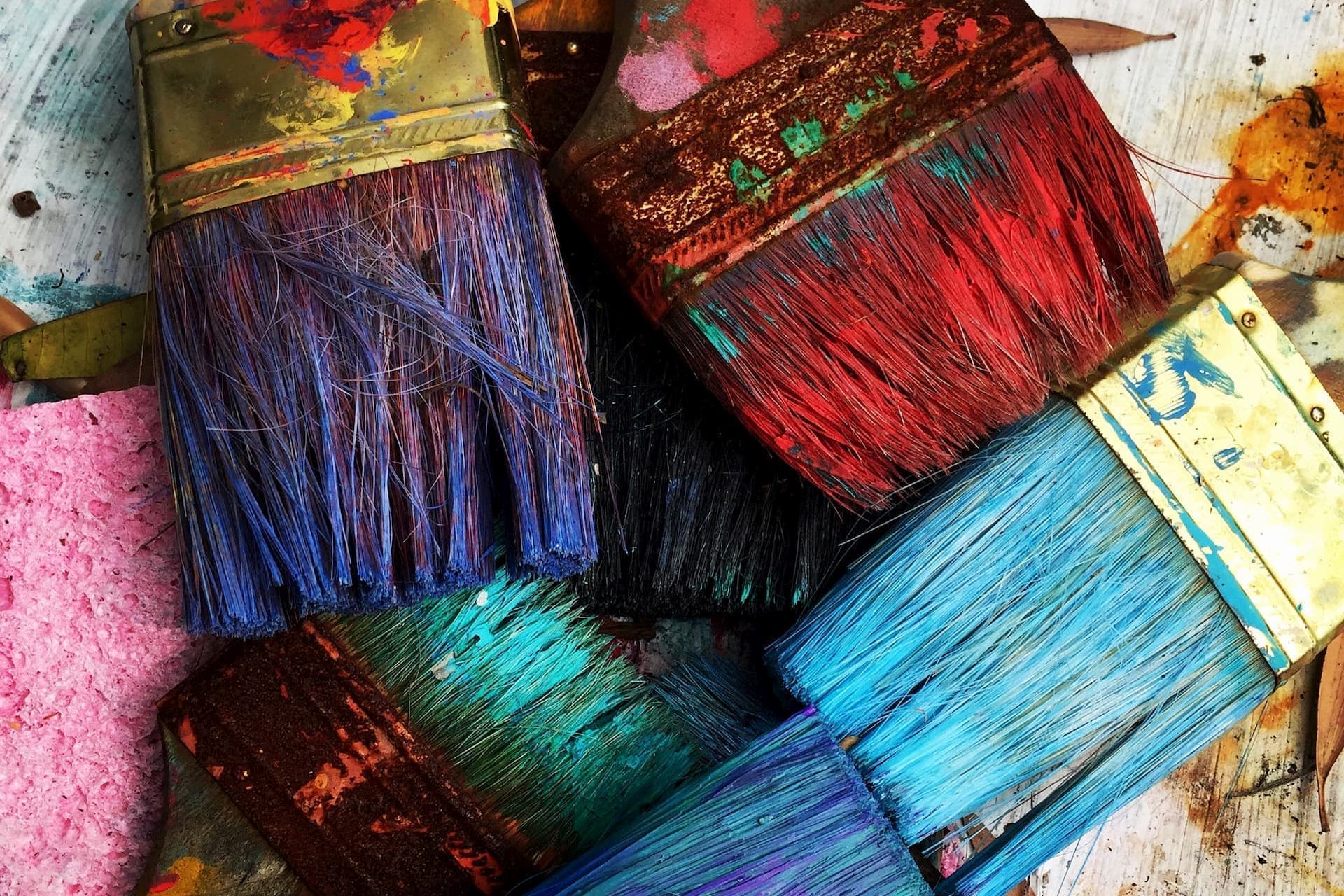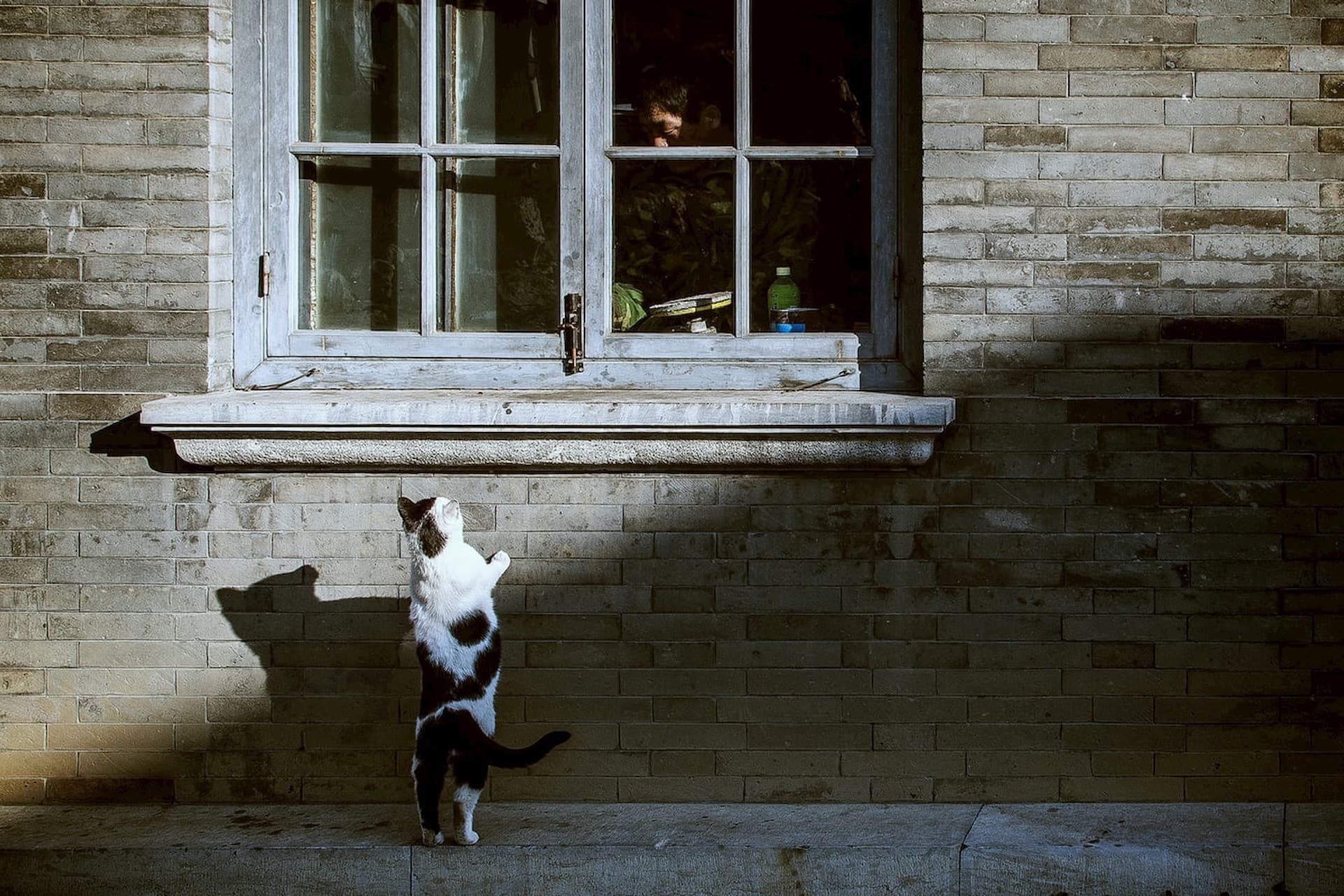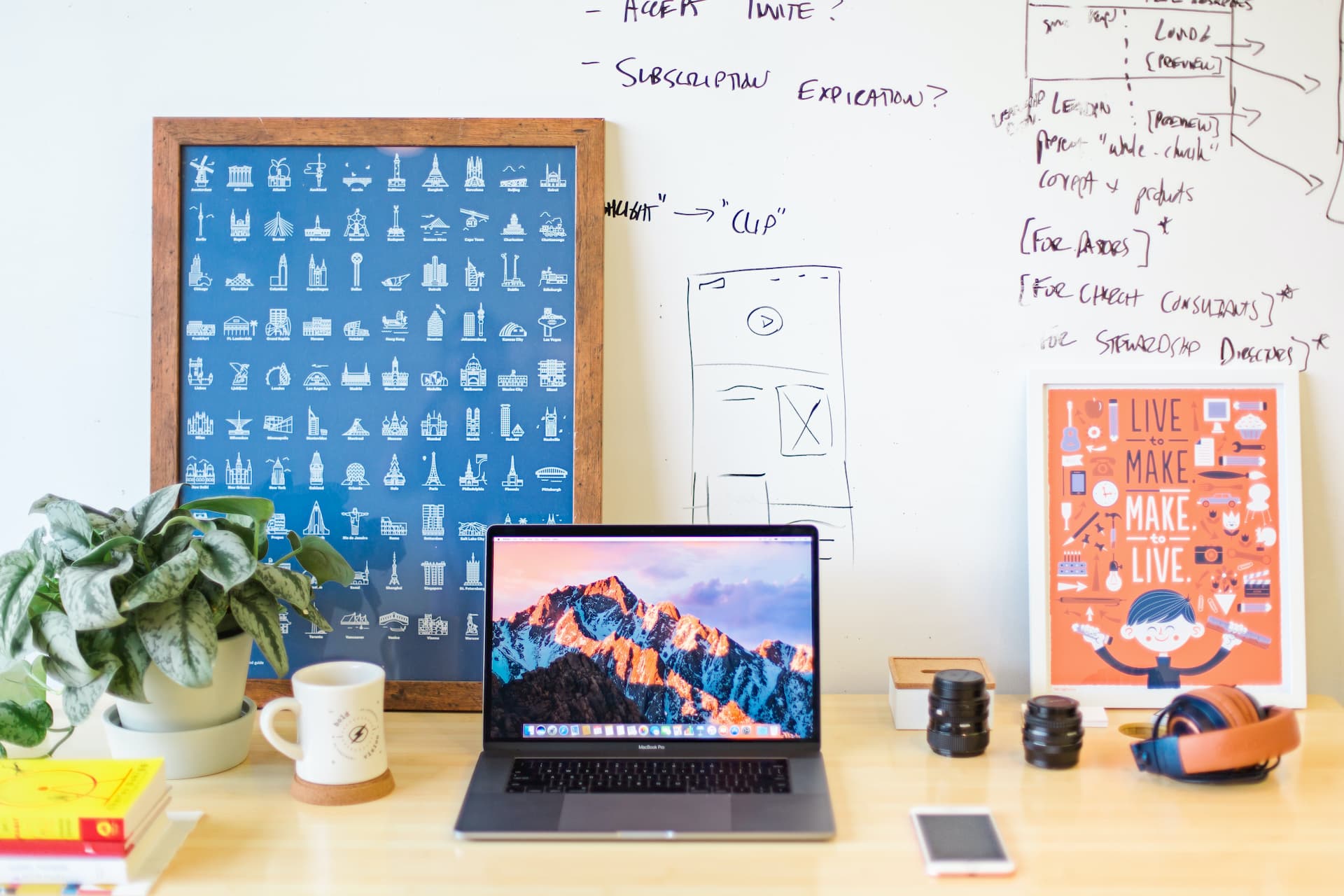Creativity for Non-creatives
April 20, 2022

7 min

For as long as I can remember, society has always placed people in two different little boxes — “creative people” and “non-creative people”. Boring. What a dead binary note people tend to press on.
Creativity is not a label or brand to be waved around exclusively by a group of people. It’s something found inherent in all of us. The creative juices are ingrained in our brain and are a fundamental key to problem-solving skills and dynamic critical thinking — a.k.a “connecting the dots”. Creative work isn’t something to be done only by those who are “born with it”. It’s possible to be creative by any and all who are willing to invest a little extra in themselves, practice, and an open mind.
But, like any skill, ability, or talent one may have, they become rusty and stale when not in use or exercised with a certain consistency. Let’s say you haven’t ridden a bike in the last 15–20, or even more, years of your life. You learned this skill as a kid, and you still have some muscle memory to get a handle on it, but you’re sloppy and unbalanced. You may even fall over! But you get up and try again until — eureka! You’ve done it, again! Going back to your creative roots is very similar to learning to ride a bike the second time around. You’ve still got it in you, and it takes 3 things to get anyone going again: Being interested, having references, and practicing a technique.

Let Curiosity Take Control
No, curiosity did not kill the cat. If anything, it made them sharp to their wits, brilliant in its forms of exploration and creative in how they view the world from different places. So like a cat, change up your routine, go a little out of the ordinary, banish the word “no” from your vocabulary. By taking small risks, you start to acquire a thirst for knowledge or spark an interest in something you may have possibly missed before — something new.
By being interested, you’ll take your first giant step towards unlocking your creative side. You finally see a problem to be solved or to improve, you focus on it and are determined to solve or upgrade it. So start by carrying a notebook with you while you think about this problem to be resolved. Doodle during meetings, sketch an idea while you’re on your break, jot down some notes that come to you when you have some downtime or even record an interesting thought that comes to mind on your phone’s recorder app. Very interesting and creative ideas start to flow once you have a problem to solve, and you allow your mind to wander.
Be Inspired
To be inspired, one must seek references. You don’t simply snap your fingers and — bam! Pronto, you’re inspired. That’s not how inspiration works. Inspiration can only be found when you’re looking for it. So go to that museum that you’ve always been curious about, check out that artistic space you saw last week in town, pick up a book about a creative that’s always struck your interest, or even talk to someone you think is a successful creative person. People generally welcome to answer curious questions about themselves, their creative process, or their own inspirations.
Having references are sources of making connections and associations, allowing you to see things in a new or original way. Find something, or someone, that inspires you, and then act on the first idea that pops into your head. You’ll be surprised with what inspiration may spark in your mind’s eye— let your ideas fly!
Practice Makes Perfect
At some point we’ve heard the phrase, “practice makes perfect”, and have decided to cast it into the cliché quotes pile. But, this phrase is truer than true! Practice gets you as close to perfection as humanly possible. Brainstorm ideas you can execute on, be visual, or expressive about them.
Make it a routine to practice a newfound creative technique that is one-of-a-kind to you — be it audio, visual, written, or even a new method of creative organization. Whatever it is you decide to practice on, little by little, your new creative outlet will build a foundation to eventually consolidate your own singular style. Make some room in your daily calendar to schedule a time for you to explore your creativity and prepare yourself to enact on it.
In all of human history, even in modern times, there are many fantastic examples of “ordinary” people who had a dream and — by the norms of their time — were considered to be born “talentless”. Yet, through persistence, dedication, and steady ethic of consistent practice they achieved a goal, solved a problem, invented something new, created a masterpiece, or became renowned.
Think Leonardo da Vinci or current genius inventor Elon Musk: Both of these are perfect examples of successful analytical-meets-creative profiles, who have been able to use both of these traits in favour of their careers to achieve worldwide success. As a popular saying among innovators and inventors goes: “When you work at the cutting edge, you are likely to bleed.”
No pressure to become a famous icon, celebrity, or household name though. Just be inspired by their hard work to do your own thing. It can be simple creative tasks. They call these “small c’s”, smaller ideas that will enhance and enrich our lives. For example, a video editor practicing new techniques to improve his show reel to be presented in a new and exciting way. Or even a business person, who’s not seen as the “creative type”, but wants to ace that next showcase they have coming up with a very captivating Excel or PowerPoint, one people will remember! They will have to sharpen those skills in that software or program to have an innovative edge.
The most important effort you can do, though, is to practice a creative skill that is both unique to you and beneficial to building your career- one day at a time.

No Genie in the Bottle
Through sheer will power and a “can-do” attitude, you too can wield creativity as a divine tool to progress your way forward in life. Being creative or being analytical is not in any way, shape, or form mutually exclusive to anyone or a specific class of people. They support each other — they both exist in your mind. It is therefore absolutely illogical to wave off employing an aspect of your own brain just because someone determined, or you assume, that you are more analytically minded and have little to no creativity.
Being analytical is an imperative life skill for many day-to-day things we do in life. But, by being creative, it allows us to be more effective in how we communicate and express our analyses in a way that anyone can comprehend. It just takes some hard work and effort to get them both aligned and in tune — with you.
To be honest, there are no real “hidden secrets” or mysterious neural pathways to unlock creativity in your brain. It’s always been there, you too were born with it. A neat little package of the all-in-one brain in your cranium. You just have to reacquaint yourself with that distant natural ability we all have — creativity.
It’s a gem we all have ready to work at your will, granting you a satisfying reward — something you’ve created. Like a Genie in a bottle — but there is no bottle, and your brain is the Genie. As Dr. Nancy C. Andeasen once wrote,
“The essence of creativity is making connections and solving puzzles”.
And through curiosity, inspiration, and practice — you’ll be making connections and solving puzzles in no time!